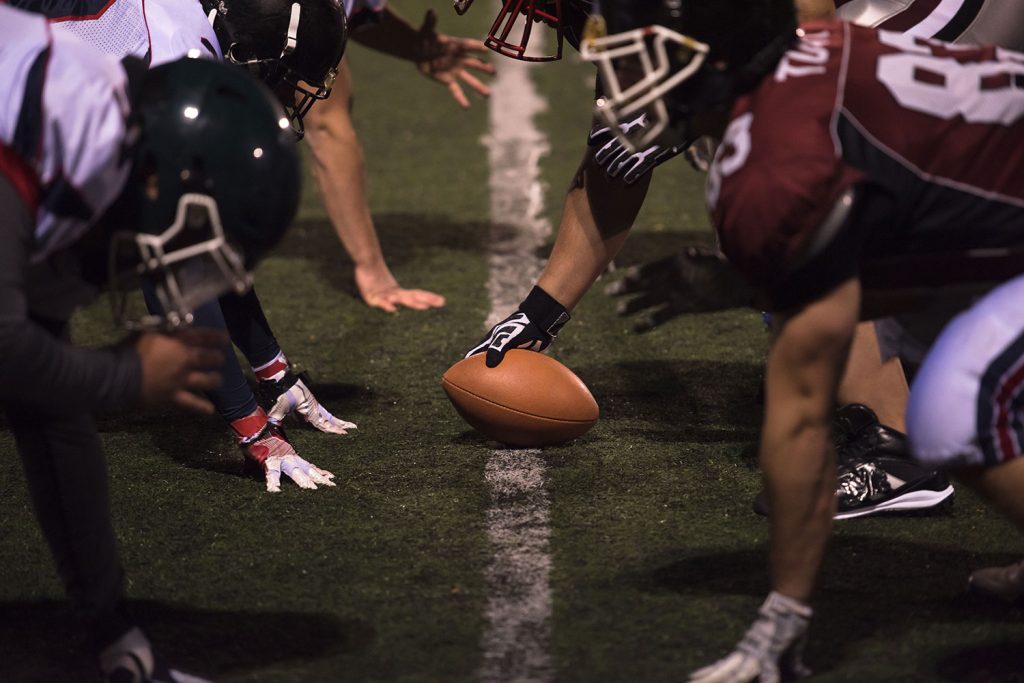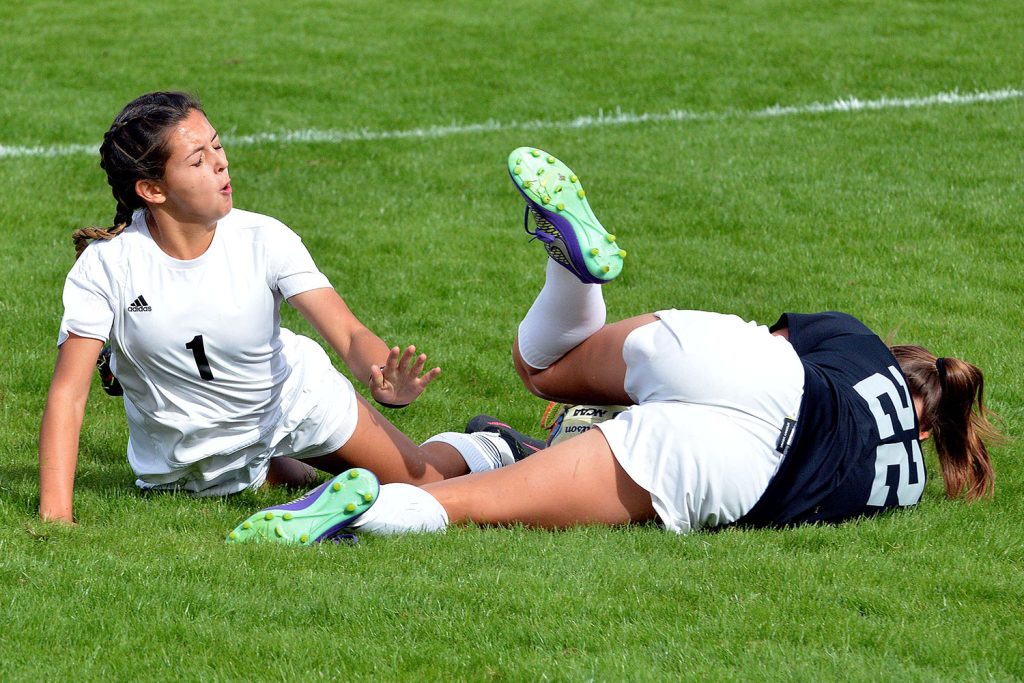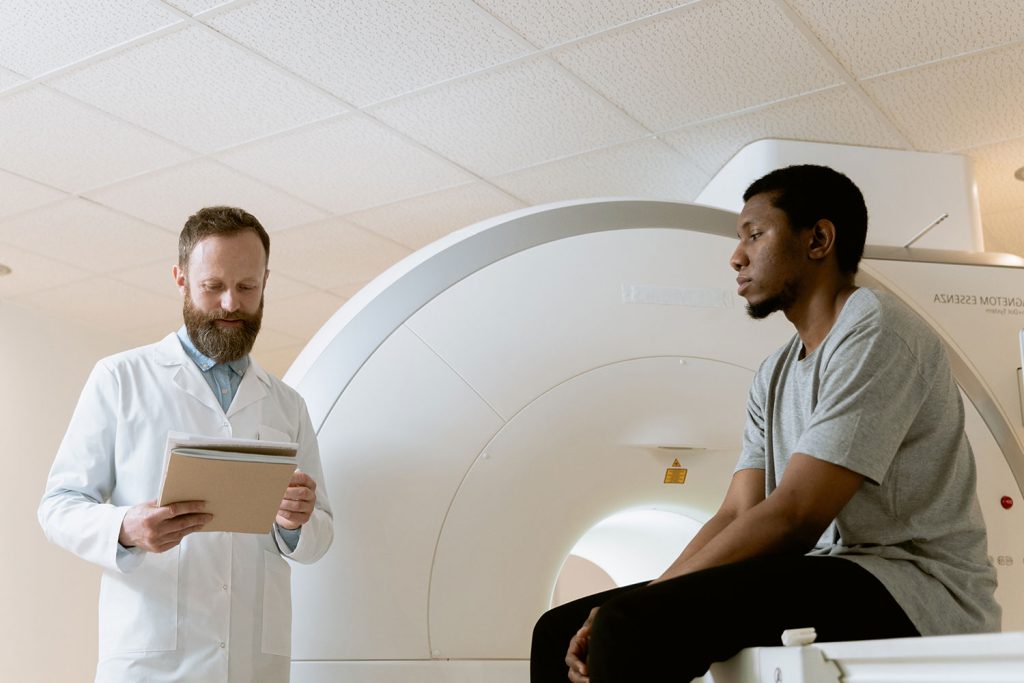Youth Sports Injuries:
Safeguarding Young Athletes with Effective Prevention
As we honor National Youth Sports Safety Month, it’s crucial to equip ourselves with the knowledge needed to prevent and address youth sports injuries, particularly among our young athletes. While sports offer countless benefits, they also come with inherent risks. Understanding the types of injuries common in various sports, implementing preventive measures, and knowing when to seek prompt medical attention are essential for safeguarding the well-being of our youth athletes.
At Supreme Care ER the finest emergency room in Jersey Village near Cypress Texas, we’re happy to provide you with the emergency care that you need in the event of a medical emergency.

Youth sports injuries are a significant concern in the United States, impacting millions of young athletes each year. According to the Centers for Disease Control and Prevention (CDC), around 2.7 million individuals between the ages of five and twenty-four received treatment for sports-related injuries annually in emergency departments across the country. Moreover, the CDC reports that more than half of all sports injuries in children are preventable, emphasizing the importance of implementing effective injury prevention strategies. Common injuries among youth athletes include sprains, strains, fractures, concussions, and overuse injuries. Additionally, research from the American Academy of Pediatrics (AAP) highlights that the rate of sports-related concussions among young athletes has been steadily increasing, with a particular rise in contact sports such as football and soccer. These statistics underscore the urgent need for proactive measures to protect the health and safety of our young athletes.
Sports with Elevated Risk of Injuries
In the realm of sports, certain activities are associated with a higher likelihood of youth sports injuries. Here’s an expanded list of sports renowned for their propensity for injuries:

Football: A contact sport known for its physicality, football often leads to injuries such as concussions, sprains, strains, fractures, and dislocations.
Basketball: With its dynamic movements and frequent jumping, basketball players are susceptible to ankle sprains, knee injuries (including ACL tears), and finger fractures.
Soccer: The agility and intensity of soccer contribute to injuries such as sprained ankles, knee ligament tears, and head trauma.
Gymnastics: Gymnasts face the risk of sprains, strains, fractures, and overuse injuries due to the demanding nature of the sport.
Baseball/Softball: Whether on the diamond or the field, baseball and softball players may experience shoulder injuries, wrist injuries, and ankle sprains, among others.
Hockey: Known for its physicality, hockey often results in injuries such as concussions, fractures, and lacerations.

Wrestling: Wrestlers are prone to injuries such as sprains, strains, fractures, and skin infections due to close contact with opponents.
Martial Arts: Participants in martial arts disciplines may sustain injuries such as bruises, strains, fractures, and head trauma.
Cheerleading: Despite its graceful appearance, cheerleading poses risks of falls, sprains, strains, and head injuries.
Track and Field: Track and field athletes may suffer from overuse injuries, strains, sprains, and stress fractures, particularly in events like sprinting, jumping, and throwing.
Swimming: Despite being a low-impact sport, swimmers can still experience shoulder injuries, strains, and overuse injuries due to repetitive motion.
Types of Injuries and Prevention Strategies
Understanding the types of injuries prevalent in each sport is essential for implementing effective preventive measures:

Football:
- Concussions: Proper helmet fit, education on concussion recognition, and strict return-to-play protocols are crucial.
- Sprains and Strains: Focus on proper tackling techniques, strength and flexibility training, and use of protective gear.
Basketball:
- Ankle Sprains: Strengthening ankle muscles, wearing supportive footwear, and practicing proper landing techniques are key.
- Knee Injuries: Emphasize correct jumping and landing mechanics, and incorporate leg strengthening exercises.
Soccer:
- Ankle Sprains: Utilize ankle braces if necessary, maintain field conditions, and stress proper footwork.
- Head Injuries: Discourage using the head to strike the ball, enforce fair play, and educate on concussion symptoms.
Gymnastics:
- Overuse Injuries: Monitor training intensity, promote cross-training, and prioritize rest and recovery.
- Fractures: Ensure proper supervision during practice, focus on safe landings, and regularly inspect equipment.
Baseball/Softball:
- Shoulder Injuries: Implement pitch count limits, emphasize proper throwing mechanics, and incorporate shoulder-strengthening exercises.
- Wrist Injuries: Promote proper batting technique, use protective gear, and avoid overuse of the wrist.
Hockey:
- Concussions: Educate athletes on helmet usage, enforce rules against dangerous plays, and encourage fair competition.
- Lacerations: Ensure all players wear appropriate protective gear, regularly inspect equipment, and maintain safe playing conditions.
Wrestling:
- Skin Infections: Emphasize hygiene practices, regularly sanitize mats, and promptly treat any skin abrasions.
- Joint Injuries: Teach proper grappling techniques, incorporate strength training, and promote safe weight management.
Martial Arts:
- Head Trauma: Focus on controlled sparring, use protective gear, and teach defensive techniques to minimize head strikes.
- Fractures: Emphasize proper technique, adequate warm-up, and encourage rest between sessions.
Cheerleading:
- Falls: Provide mats and proper spotting techniques, educate on safe stunting progressions, and ensure equipment maintenance.
- Head and Neck Injuries: Stress proper body alignment during stunts, enforce safety guidelines, and educate on concussion signs.
Track and Field:
- Overuse Injuries: Implement gradual training progressions, emphasize proper form and technique, and provide adequate rest and recovery periods.
Swimming:
- Shoulder Injuries: Emphasize proper stroke technique, incorporate shoulder strengthening exercises, and avoid overtraining.
Recognizing When to Seek Emergency Care
Prompt medical attention is crucial for certain injuries. Supreme Care ER offers fast, effective, empathetic care 24/7, even during holidays. Should you or your child experience a medical emergency, visit one of our locations. Warning signs that warrant a visit to the emergency room include:

- Severe pain that persists despite rest and medication
- Inability to bear weight or move the injured area
- Visible deformity or severe swelling
- Loss of consciousness or signs of concussion
- Numbness, tingling, or weakness in the extremities
By understanding the risks associated with different sports, implementing preventive strategies, and recognizing when to seek medical care, we can promote the safety and well-being of our young athletes. As we commemorate National Youth Sports Safety Month, let’s prioritize the health of our future sports stars and ensure that they can enjoy their chosen activities safely and responsibly.
At Supreme Care ER in Houston, the finest emergency room in Cypress, Texas, we’re happy to provide you with the emergency care you need in the event of a medical emergency. We are conveniently located at 9530 Jones Road, Houston, Texas, 77065. We’re fast and remain open 24 hours year-round.

Where to go in Case of an Emergency?
At Supreme Care ER, our doors remain open to provide the very best ER care for you and your family. We’re located at 9530 Jones Road, Houston, Texas 77065.









